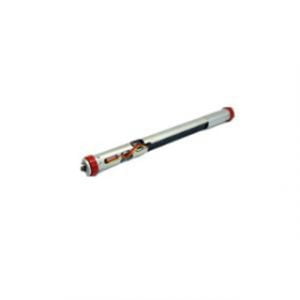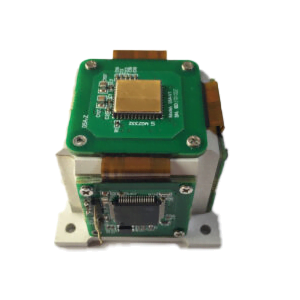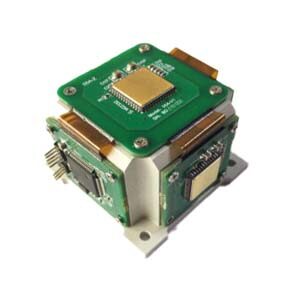Fluxgate sensor is the use of ferromagnet magnetization in the saturation region of the nonlinear to measure the magnetic field of the device, is a slightly modified transformer-type device, the use of the external magnetic field on the output signal of this special transformer generated by some asymmetric modulation effect, detect these modulation effects of the output signal any kind of change to achieve the measurement of external magnetic field. The ferromagnets are all CO-based alloys, but the ferroamorphous alloys also have the characteristics of high saturation magnetic induction strength and low loss, strong corrosion resistance and good soft magnetic properties. As the probe core of the fluxgate sensor, the fluxgate sensor probe was prepared, and the influence of the heat treatment of the magnetic core, the probe structure and external conditions on the sensitivity of the probe was studied, which provided experimental basis for the design of the fluxgate probe.
The basic principle of the fluxgate sensor is based on the nonlinear magnetization characteristics of the core material. The sensitive component is a core made of high magnetic permeability and easy-saturated material. There are two windings around the core: one is an excitation coil. The other is the signal coil. Under the magnetization of the alternating excitation signal fl, the magnetic permeability of the iron core undergoes periodic saturation and non-saturation changes, so that the induction coil surrounding the iron core induces a signal reflecting the external magnetic field, the signal including fl, 2f1 and other harmonic components, where the even harmonics contain information about the external magnetic field, which can be extracted by a specific detection circuit.Because the fluxgate sensor is used to measure the weak magnetic field by using the nonlinear relationship between the magnetic induction intensity and the magnetic field intensity of the high permeability magnetic core in the measured magnetic field under the saturation excitation of the alternating magnetic field. This physical phenomenon is like a door to the measured environmental magnetic field, through which the corresponding magnetic flux is modulated and induced electromotive force is generated. This phenomenon is used to measure the magnetic field generated by the current, thus achieving the purpose of measuring the current indirectly.
Advantages are as follows:
1. High precision: fluxgate sensor has high sensitivity and accuracy, and can measure subtle magnetic field changes.
2. Fast response: The fluxgate sensor can quickly detect changes in the magnetic field and output the measurement results in real time. This makes them useful in applications that require real-time monitoring and control.
3. Wide measuring range: The fluxgate sensor has a large measuring range and can measure magnetic fields with different strengths, from weak magnetic fields to strong magnetic fields.
4. Low power consumption: fluxgate sensors generally have low power consumption characteristics, which can provide reliable measurement results in applications with long running times.
Disadvantages:
1. High price: fluxgate sensors are relatively expensive compared to other sensor types, which may limit their use in some applications.
2. Sensitivity affected by temperature: The sensitivity of the fluxgate sensor may be affected by temperature changes, and temperature compensation may be required if it is used under extreme temperature conditions.
Product characteristics
Compared with other types of magnetic measuring instruments, fluxgate sensor has the characteristics of high resolution, wide range of weak magnetic field measurement, reliability, direct measurement of magnetic field components and suitable for use in fast moving systems
More Technical Questions
1.What is the Main Sensor in an IMU?
2.Principle and Characteristics of Angular Velocity Sensor
3.MEMS Sensors Welding Process
4.What is MEMS Sensor and its Technical Advantages?
5.Introduction to MEMS Sensors
6.The Difference between Tilt Sensor and Gyro Sensor
Products in Article

.jpg)





